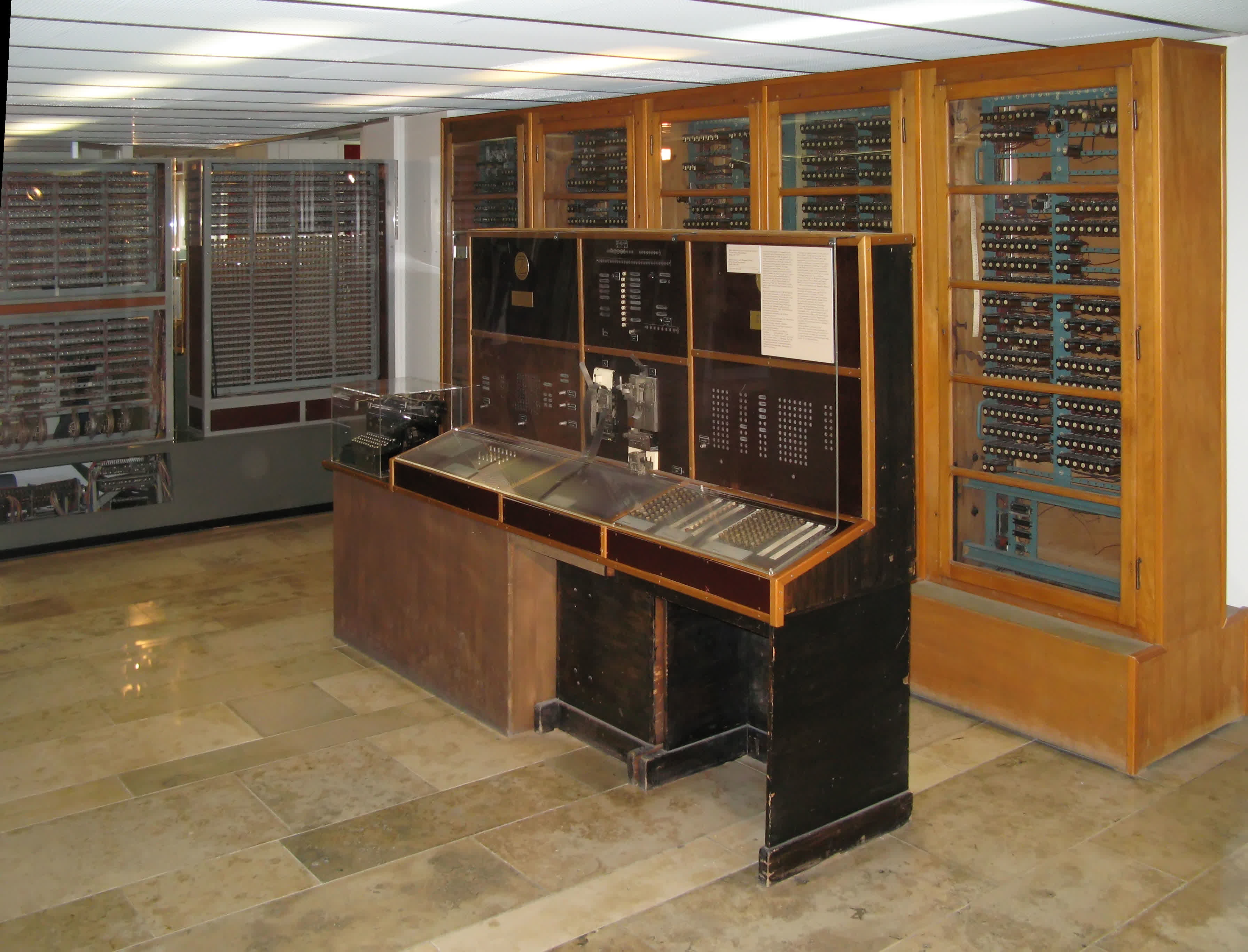Why it matters: The instruction manual for one of the world's oldest digital computers has been unearthed. With it, researchers now have a complete understanding of how the early computer functioned. As outlined in this Association for Computing Machinery blog post from Herbert Bruderer, the Zuse Z4 is the oldest preserved computer in the world. It was designed by German engineer Konrad Zuse and manufactured way back in 1945.
The room-sized computer eventually ended up in the Deutsches Museum in Munich following stints at various research institutes. Unfortunately, historians and curators only had limited knowledge of how the system functioned, based at least in part on accounts from the few surviving eyewitnesses that were around when it was in operation, seeing as the machine's operating instructions had been lost long ago.
Conditional jumps, for example, were added as a capability while the system was at ETH Zurich but none of the eyewitnesses could recall how they were handled.

While at ETH Zurich, the computer was used to run calculations for the P-16, a prototype Swiss fighter jet. It's this link that would ultimately lead to the discovery of the long-lost computer manual.
Evelyn Boesch's father, René Boesch, had worked at the Institute for Aircraft Statics and Aircraft Construction at ETH Zurich under Manfred Rauscher since 1956. Rauscher was a consultant on the aforementioned P-16 and it just so happened that Boesch had a knack for collecting historical documents.
The Z4 manual was among his collection, as were notes on some of the calculations it ran with regard to the aircraft.
Images courtesy Clemens Pfeiffer, Kobel
